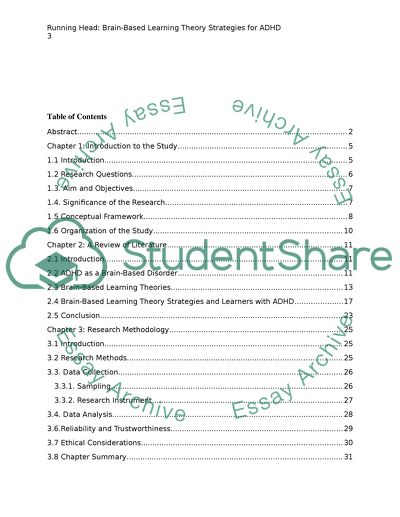Brain-Based Learning Theory Strategies for ADHD Thesis. Retrieved from https://studentshare.org/education/1629448-brain-based-learning-theory-strategies-for-adhd
Brain-Based Learning Theory Strategies for ADHD Thesis. https://studentshare.org/education/1629448-brain-based-learning-theory-strategies-for-adhd.


